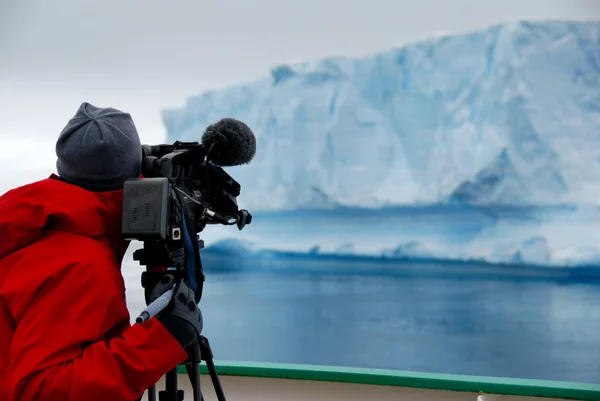How Film Can Drive Change on Climate Issues?
Film has the power to captivate and inspire audiences in ways that few other mediums can match. It has the ability to not only entertain and educate, but also to challenge and motivate people to take action. This is especially true when it comes to the topic of climate change, which is one of the most urgent issues facing our world today.
The Power of Storytelling Through Films
Filmmaking can be a powerful tool for creativity and resistance in the face of climate change. By telling stories that highlight the impacts of climate change, the people and communities affected, and the efforts to address the issue, filmmakers can inspire viewers to take action to protect our planet.
One way that filmmaking can be used as a tool for resistance is by giving a voice to those who are often ignored or marginalized in the mainstream media. For example, indigenous communities that have been living in harmony with nature for generations often have valuable insights and knowledge about how to protect the environment. By showcasing their perspectives in films, we can help to amplify their voices and empower them to become leaders in the fight against climate change.
Good examples
Films can also serve as a powerful means of raising awareness about the impacts of climate change on people and communities around the world. For example, the documentary Chasing Ice helped to bring attention to the rapid melting of glaciers and the devastating consequences of rising sea levels. “Beginning in 2007 Mr. Balog began trying to capture images of receding glaciers using time-lapse photography, a process that required overcoming assorted physical and technological hurdles. But the film doesn’t just serve up Mr. Balog’s amazing and undeniably convincing imagery. It also records his personal struggles as knee problems threaten his ability to hike the difficult terrain to get the shots he wants. (Assistants take over some of the work.) That combination — a solitary quest with global implications — makes “Chasing Ice” as watchable as it is important.“ Dargis, M. (2012)
By showing the human face of climate change, filmmakers can help to create a sense of urgency and inspire action. They can also showcase the many innovative and creative solutions that people are coming up with to address the issue. For example, films like The Story of Plastic and A Life on Our Planet have highlighted the importance of reducing waste and transitioning to renewable energy sources.
Filmmaking can also be used as a means of resistance by challenging the dominant narratives around climate change. For example, many mainstream media outlets often focus on individual actions like recycling or using energy-efficient light bulbs, while ignoring the larger structural changes that are necessary to address the issue.
Conclusion
In conclusion, filmmaking can be a powerful tool for creativity and resistance in the face of climate change. By telling stories that inspire and challenge us, filmmakers can help to create a sense of urgency and empower people to take action to protect our planet. Whether it's by giving a voice to marginalized communities, raising awareness about the impacts of climate change, or challenging dominant narratives, filmmakers have the power to shape our understanding of this critical issue and inspire us to create a more sustainable future.
REFERENCES:
Big Ideas Contest. (2020). Amplifying marginalized voices through film https://bigideascontest.org/2020/05/11/amplifying-marginalized-voices-through-film-big-ideas-winner-skylar-economy-on-arts-entrepreneurship/
Dargis, M. (2012). Chasing Ice, documents the work of James Balog. https://www.nytimes.com/2012/11/09/movies/chasing-ice-documents-the-work-of-james-balog.html
The Story of Stuff Project. (n.d.). The Story of Plastic documentary film. https://www.storyofstuff.org/movies/the-story-of-plastic-documentary-film/
World Wildlife Fund. (2020). David Attenborough: A Life on Our Planet. https://www.worldwildlife.org/stories/david-attenborough-a-life-on-our-planet

